
On September 16, 2018, Namie Amuro will be retiring from the music industry.
This is a shock to those who follow Japanese pop music because Namie is one of Japan’s most successful female pop stars who has literally released chart topping music releases (may they be singles, albums or Blu-ray/DVD sales) as a teen, in her twenties, her thirties and now in her forties.
She still looks beautiful, she still dances with grace and impeccable timing and she continues to be a music and fashion icon.
Her dance moves are smooth, her image has ranged from sexy to elegant and her music is always a surprise because what you heard from one single, will be different with each release. But her music remained consistent in making people wanting to sing or dance.
For me, I have been fortunate to enjoy Namie’s music as a fan and as a longtime writer who had covered her music.
In fact, I have to be quite grateful to Namie Amuro because her music was a big part of my life. Her music paved the way for me to work with her label and being given the opportunities to take on projects that would not seem possible for a person living outside of Japan to cover.
I have been a long-time supporter of Namie Amuro when she and her fellow classmates from the Okinawa Actors School debuted originally as the “SUPER MONKEYS” back in 1992 and a few years later, when they became known as “Namie Amuro and the SUPER MONKEYS”.
By 1995, Namie would achieve stardom when she released her first and second solo singles “BODY FEELS EXIT” in October 1995 and “CHASE THE CHANCE” in December 1995, while her SUPER MONKEYS would go on to become known as MAX, who would also achieve success and pave the way for another Okinawa Actors School all-female group known as “SPEED” in 1996.
I can remember as a college student and purchasing Namie’s “Dance Tracks Volume 1”, her first album “Sweet 19 Blues” and her first concert video release on VHS titled “Amuro Namie First Anniversary: 1996 Live at Marine Stadium”.
When I was in college, I still have photos from parties at my home with a Namie Amuro concert fan pinned onto a board with images from magazines that were no doubt eye-catchers for my Japanese guests and was a great in introducing conversations. And of course, Namie Amuro’s music would often be playing in the background during those parties.
But her music would be my highway commute music every morning on my way to college.
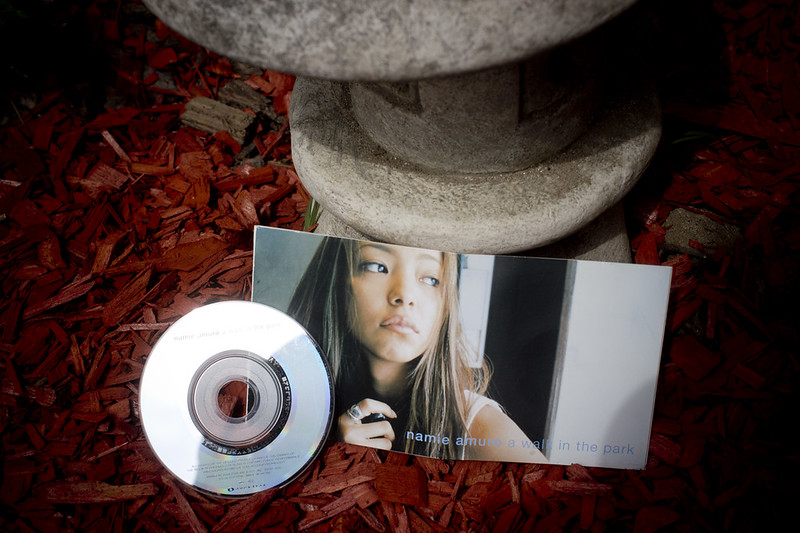
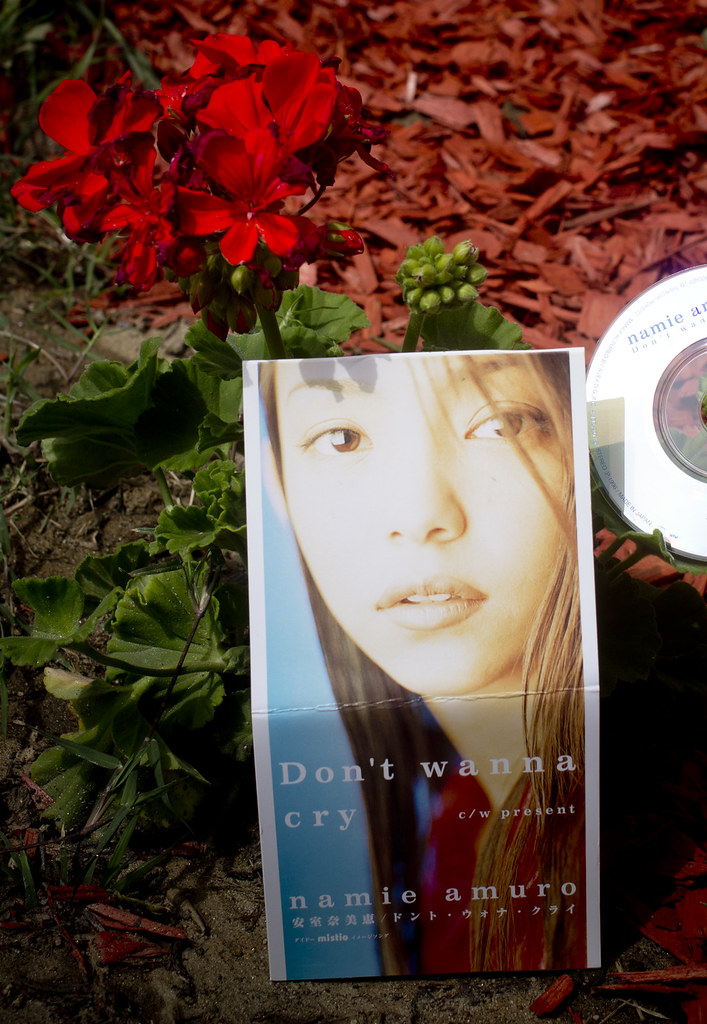
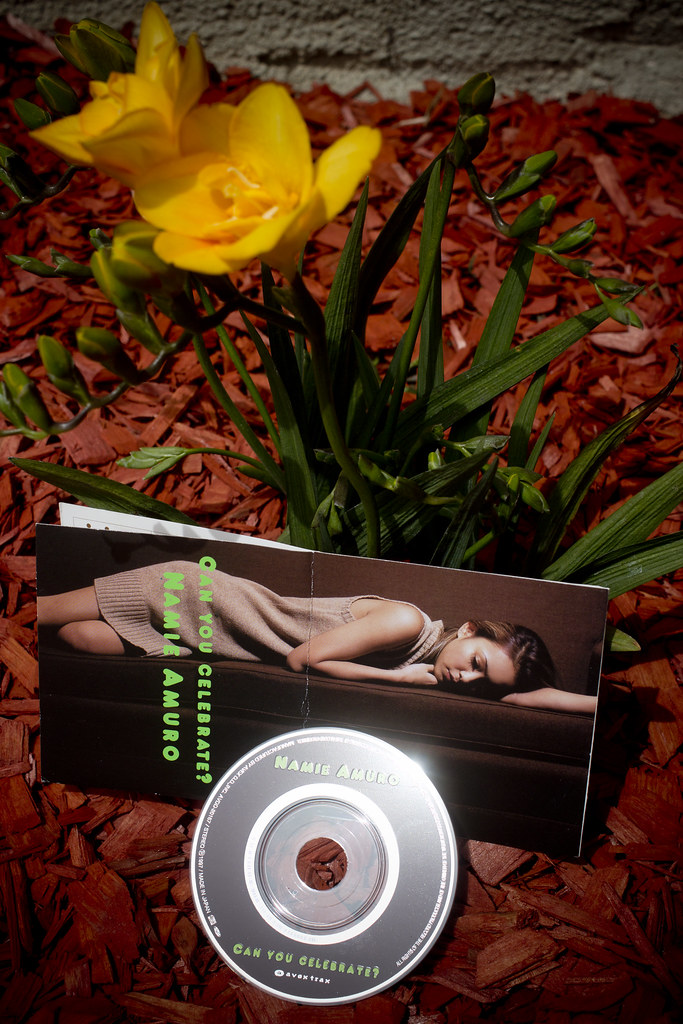
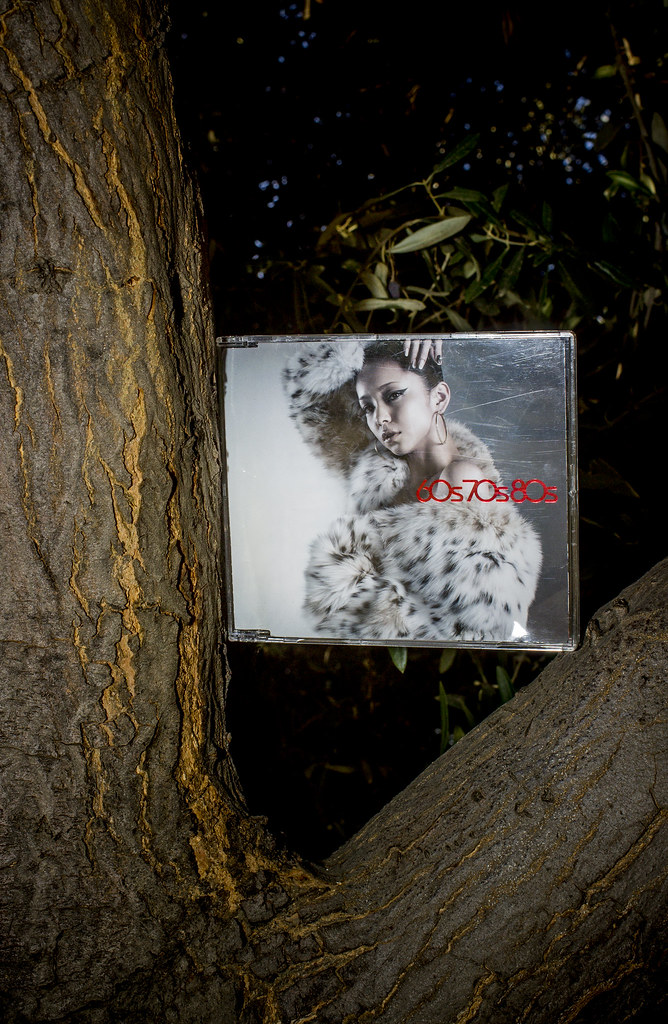


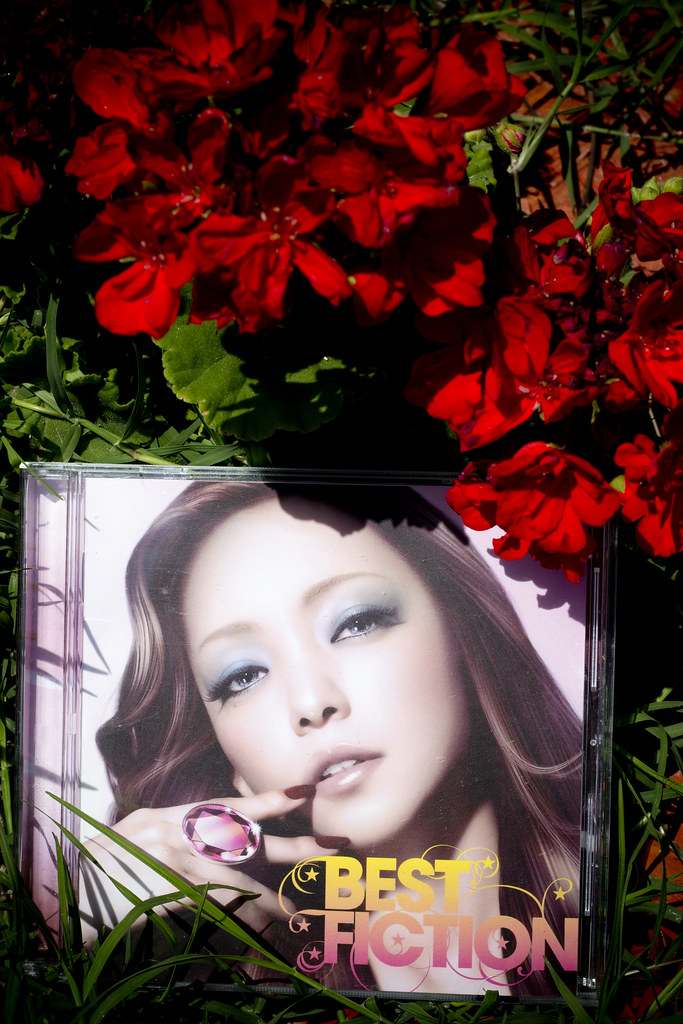
A decade later, I would be writing about Namie Amuro’s music and her video releases. Including special collaborations she had with other music artists and more.
I would continually keep myself up-to-date of what’s happening with her career, just in case I got that e-mail approval from her management that I would get an interview. But I always knew in my heart, it would be a long shot.

Back in the early ’90s, one of Japanese most successful music producers, Tetsuya Komuro (TK) would ask girls at the club to write what their favorite words were on cocktail napkins and the words were “chase”, “the” and “chance” and sure enough, “Chase the Chance” became one of Namie Amuro’s most memorable hits earlier in her career.
Because of that, I had a special affinity for the popular Japanese dance club, VELFARRE.
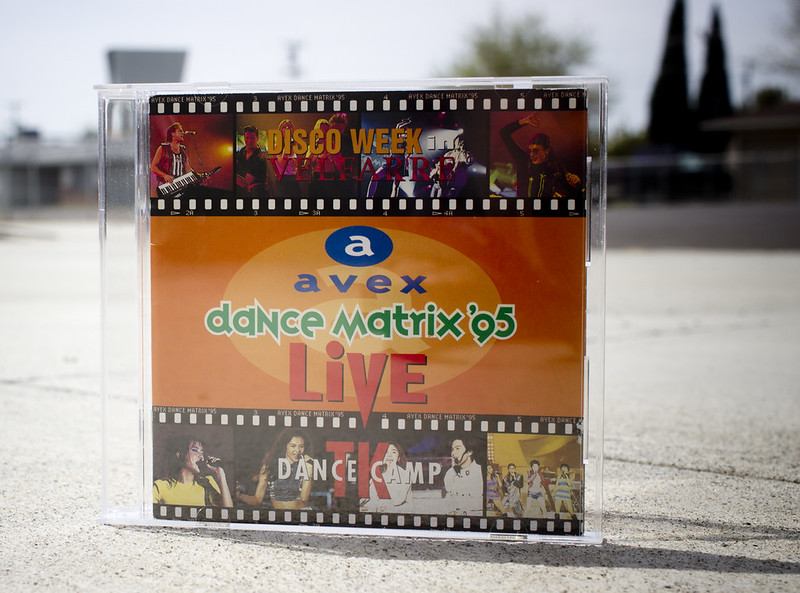
And because of that special connection between Namie Amuro and VELFARRE, sparked by Namie Amuro’s “Chase the Chance”, I was given the exclusive to write a special feature on VELFARRE’s beginning and closure back in 2006.

Remember, Namie Amuro’s former team members before she went solo… the SUPER MONKEYS who became known as MAX? In 2006, while hoping for an interview with Namie Amuro was not going happen for her 10th year anniversary, I immediately asked the label if I can get an exclusive 10th year interview with MAX and I was elated to get that interview with my good friend and translator, Hiroshi Tagawa.


And I have been fortunate to cover the other awesome group from the Okinawa Actors School, SPEED, may it be as a group or as individual solo artists.


And those interviews would pave the way for more exclusive interviews with other artists and bands from the label and their sub-labels.
While I was unable to score an exclusive interview with Namie Amuro, I’m grateful that her music entertained me for all these years as a fan but also paved the way for interview opportunities that I would have never dreamed as possible.
It has been a pleasure to see Namie grow to become a music icon and also a fashion icon, especially to see many young women adopt the “Amuraa” look in Shibuya back in the ’90s, to see her bounce back from heartbreaking tragedy, but also see how she was able to inspire generations through her music and her overall positive presence.

Back in November 2017, Namie Amuro’s seventh compilation album “Finally” was released. The album would feature re-recorded versions of 39 previously released singles and 13 new tracks, making it a compilation but also her final original album.
I felt that as part of my “thank you” to Namie Amuro, I had to be in Japan for the release of her final album.



Listening to “Finally”, which has been on my playlist since November 2017, the album is no doubt a Namie Amuro masterpiece.
“Finally” topped the Oricon Albums Charts, Billboard Hot Albums and Top Albums Sales chart in Japan with 1.113 million copies sold in its first week. It became the highest-selling Japanese album of 2017 and her second fastest selling album since her 1996 album, “Sweet 19 Blues”.
And as many fans await the release of her five different Blu-ray and DVD releases of her “namie amuro Finally – Final Tour 2018” which goes on sale in Japan on August 29th, many fans, companies, magazines are showing their appreciation to Namie Amuro for all that she has given in these final weeks leading to her retirement.
As a fan and as a person who is forever grateful to Namie Amuro for entertaining me and people all over the globe with her amazing music, I can’t help but feel eternally grateful of how her music paved opportunities in my life and working with many wonderful people in the Japanese music industry.
Thank you… Namie Amuro.
